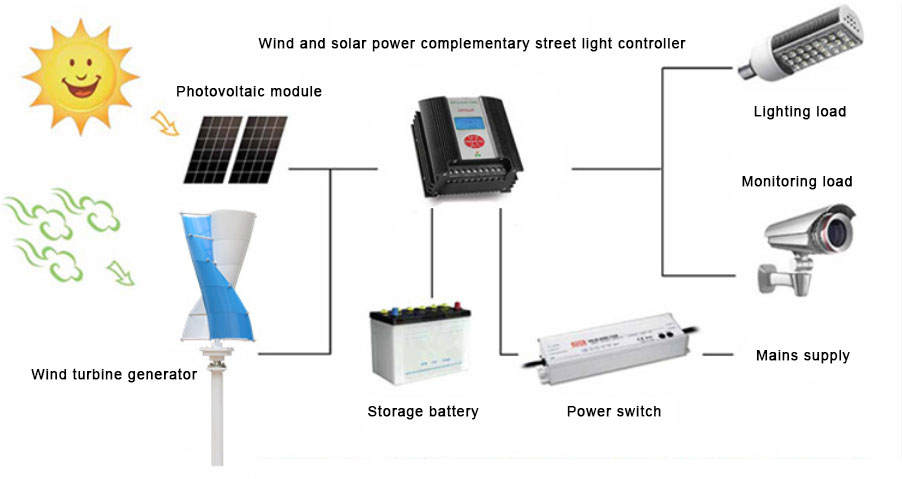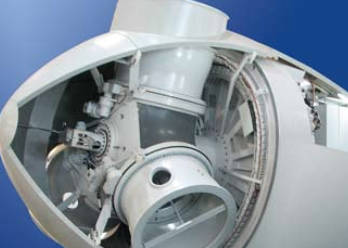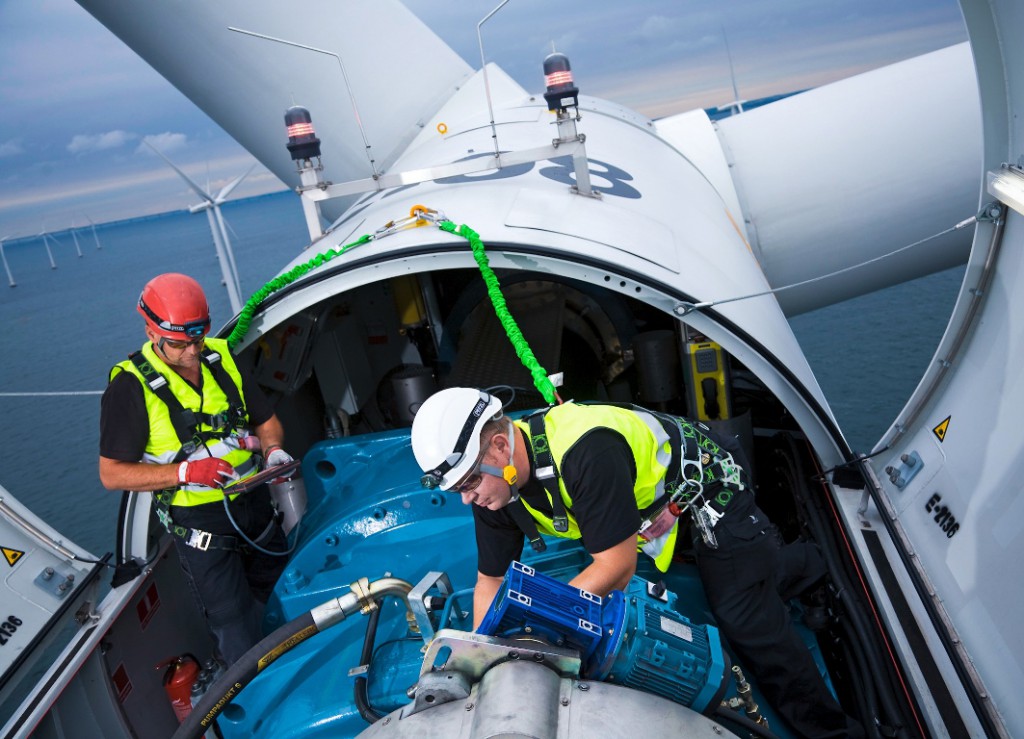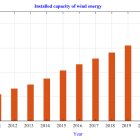Home » Vertical Axis Wind Turbine » 300W 12V24V Vertical Axis Wind Turbine
300W 12V24V Vertical Axis Wind Turbine
For sale is a residential vertical axis wind turbine boasting a 300W capacity, compatible with either 12V or 24V systems. This compact vertical wind generator maximizes wind resources, enhancing power generation efficiency. Widely utilized in applications such as street lighting, landscape lighting, traffic monitoring, and communication base stations, this low-cost 12V vertical wind turbine offers a compelling option. Featuring a 3-blade design and rated at 300 watts, it initiates operation at a 2m/s wind speed and achieves its peak performance at 12m/s. Its compact, lightweight build and straightforward installation process render it an excellent fit for residential, commercial, and industrial settings alike.
Basic Specification:
Buy a 1000W 24V/48V/96V vertical axis wind turbine now!
Applications
The wind turbine and solar panels charge the battery via the controller, while the DC output port of the controller directly powers the DC load. During windless or overcast days when the combined output of the wind turbine and solar panels falls short of charging the battery adequately, there's a risk of the battery experiencing under-voltage. To address this scenario, the controller automatically switches the load to grid power using a dry contact control signal.

Tips: How to choose horizontal and vertical wind turbine?
Horizontal-axis wind turbines (HAWTs) dominate the wind turbine landscape, featuring blades rotating around a horizontal axis. They excel in regions with robust and consistent winds, offering higher efficiency compared to vertical-axis wind turbines (VAWTs). HAWTs boast simpler maintenance and repair requirements and can be positioned farther from residential areas, mitigating noise disturbance.
Conversely, vertical-axis wind turbines (VAWTs) sport blades revolving around a vertical axis, catering well to urban and low-wind locales. Their compact design facilitates installation in confined spaces, and they're less impacted by turbulence, allowing for closer proximity to buildings and structures.
Ultimately, the choice between horizontal and vertical wind turbines hinges on the specific needs and conditions of the installation site, as each type presents its unique set of advantages and drawbacks.
Basic Specification:

Model: ATO-X5-300
Rated Power: 300W
Rated Voltage: 12V/24V
With Controller: Yes
Start Up Wind Speed: 2 m/s
Rated Wind Speed: 12 m/s
Survival Wind Speed: 50 m/s
Wheel Diameter/Height: 0.55m/0.75m
Buy a 1000W 24V/48V/96V vertical axis wind turbine now!
Applications
The wind turbine and solar panels charge the battery via the controller, while the DC output port of the controller directly powers the DC load. During windless or overcast days when the combined output of the wind turbine and solar panels falls short of charging the battery adequately, there's a risk of the battery experiencing under-voltage. To address this scenario, the controller automatically switches the load to grid power using a dry contact control signal.

Tips: How to choose horizontal and vertical wind turbine?
Horizontal-axis wind turbines (HAWTs) dominate the wind turbine landscape, featuring blades rotating around a horizontal axis. They excel in regions with robust and consistent winds, offering higher efficiency compared to vertical-axis wind turbines (VAWTs). HAWTs boast simpler maintenance and repair requirements and can be positioned farther from residential areas, mitigating noise disturbance.
Conversely, vertical-axis wind turbines (VAWTs) sport blades revolving around a vertical axis, catering well to urban and low-wind locales. Their compact design facilitates installation in confined spaces, and they're less impacted by turbulence, allowing for closer proximity to buildings and structures.
Ultimately, the choice between horizontal and vertical wind turbines hinges on the specific needs and conditions of the installation site, as each type presents its unique set of advantages and drawbacks.
Post a Comment:
You may also like:

Featured Articles
Overvoltage Protection for Wind ...
 Due to their principle of operation, wind turbines have to be set up outdoors and are used in a wide range of ...
Due to their principle of operation, wind turbines have to be set up outdoors and are used in a wide range of ...
 Due to their principle of operation, wind turbines have to be set up outdoors and are used in a wide range of ...
Due to their principle of operation, wind turbines have to be set up outdoors and are used in a wide range of ...Wind Farm Siting, Installation and ...
 Before wind turbines can be installed, the most appropriate location or locations for them needs to be determined. The ...
Before wind turbines can be installed, the most appropriate location or locations for them needs to be determined. The ...
 Before wind turbines can be installed, the most appropriate location or locations for them needs to be determined. The ...
Before wind turbines can be installed, the most appropriate location or locations for them needs to be determined. The ...Is Wind Energy Practical for Me?
 Can I use wind energy to power my home? More people across the country are asking this question as they look for a hedge ...
Can I use wind energy to power my home? More people across the country are asking this question as they look for a hedge ...
 Can I use wind energy to power my home? More people across the country are asking this question as they look for a hedge ...
Can I use wind energy to power my home? More people across the country are asking this question as they look for a hedge ...How do Wind Turbines Work?
 Wind turbines generate electrical power in the same way as all other generation technologies. The only difference is in the ...
Wind turbines generate electrical power in the same way as all other generation technologies. The only difference is in the ...
 Wind turbines generate electrical power in the same way as all other generation technologies. The only difference is in the ...
Wind turbines generate electrical power in the same way as all other generation technologies. The only difference is in the ...What is the Wind Energy Conversion ...
 Due to technical and economic visibility, wind power has emerged as one of the most promising renewable energy sources ...
Due to technical and economic visibility, wind power has emerged as one of the most promising renewable energy sources ...
 Due to technical and economic visibility, wind power has emerged as one of the most promising renewable energy sources ...
Due to technical and economic visibility, wind power has emerged as one of the most promising renewable energy sources ...